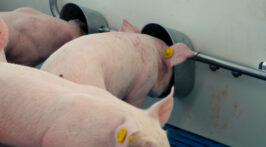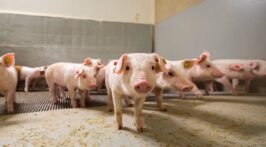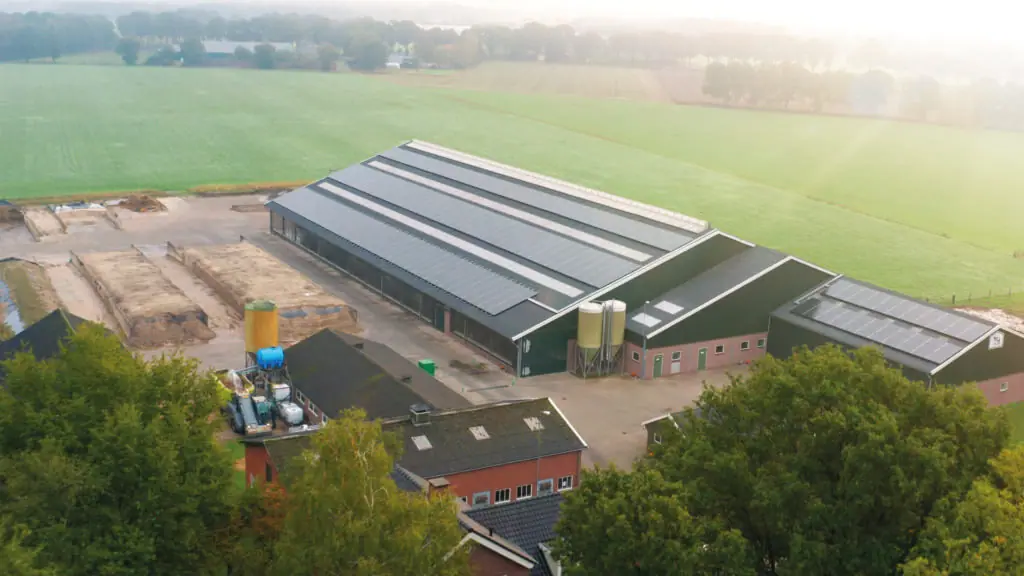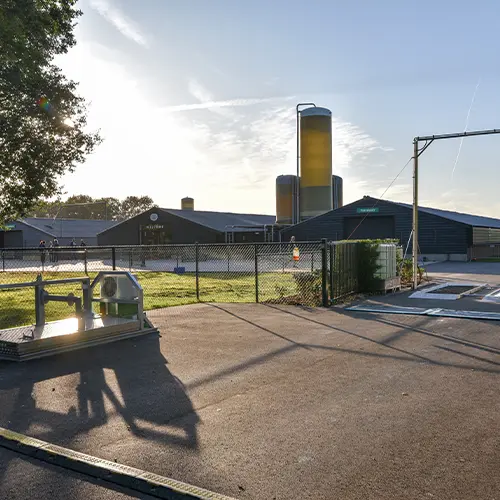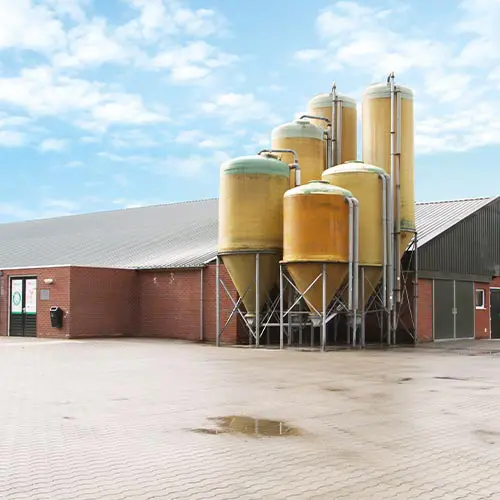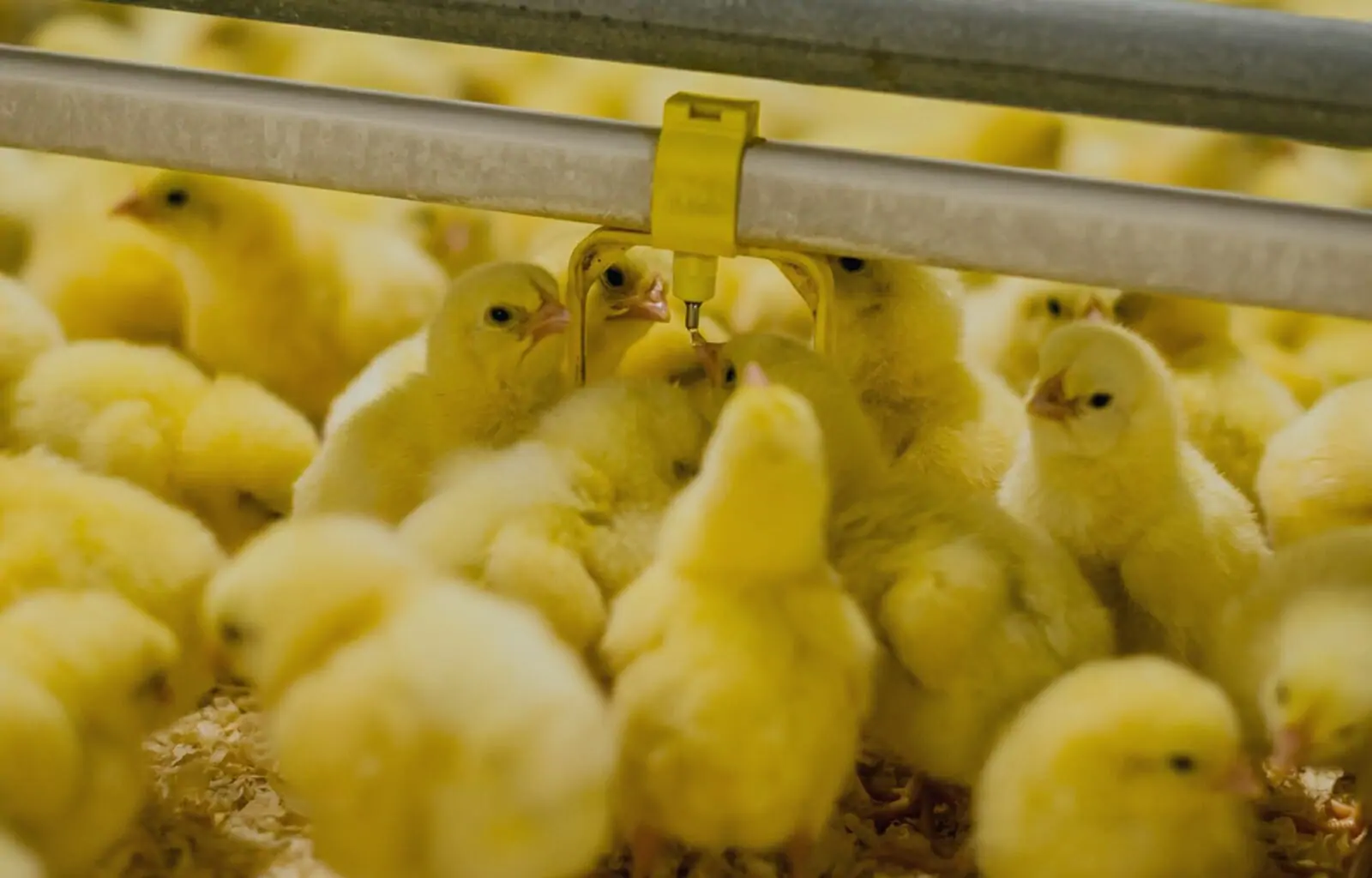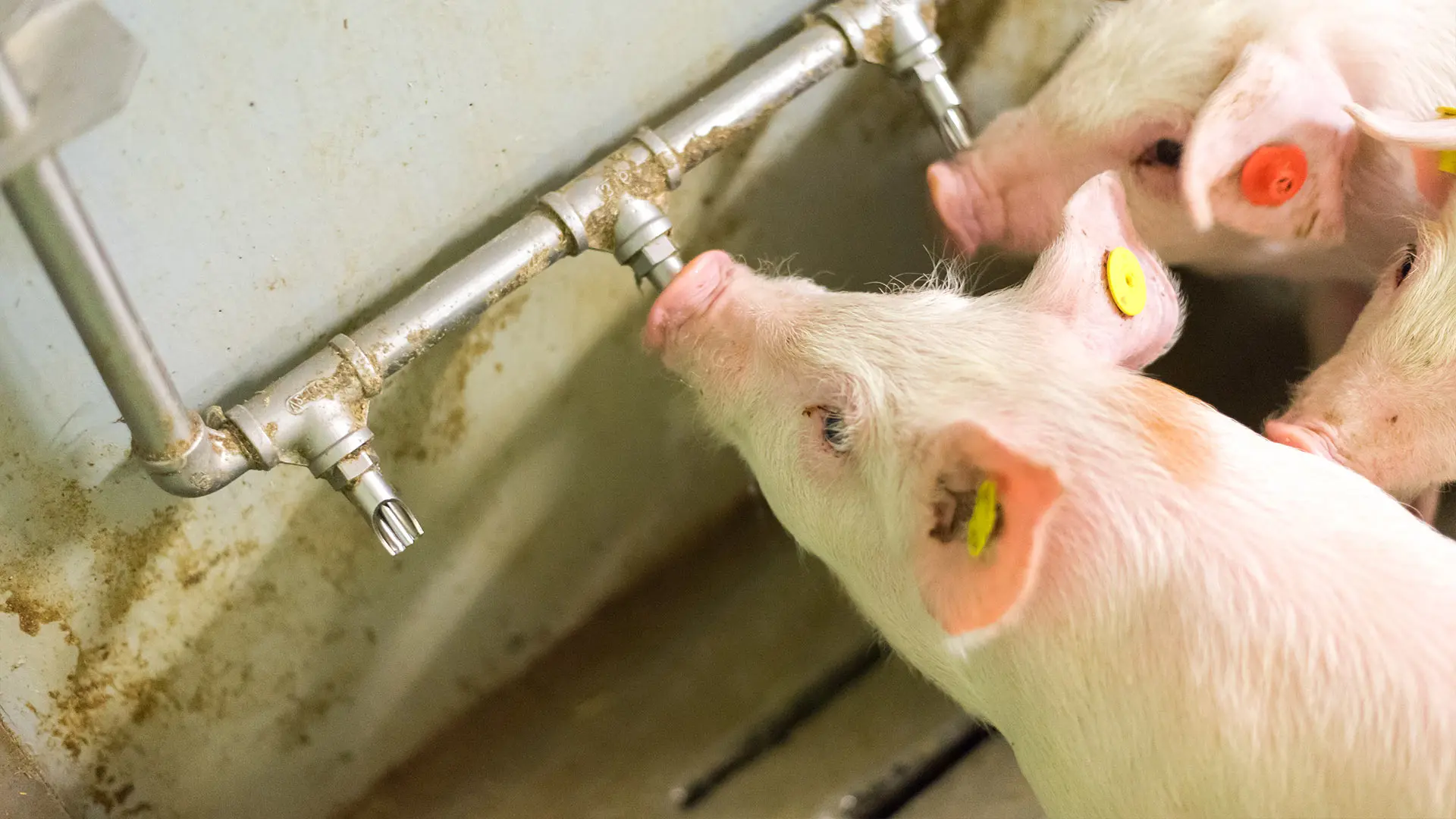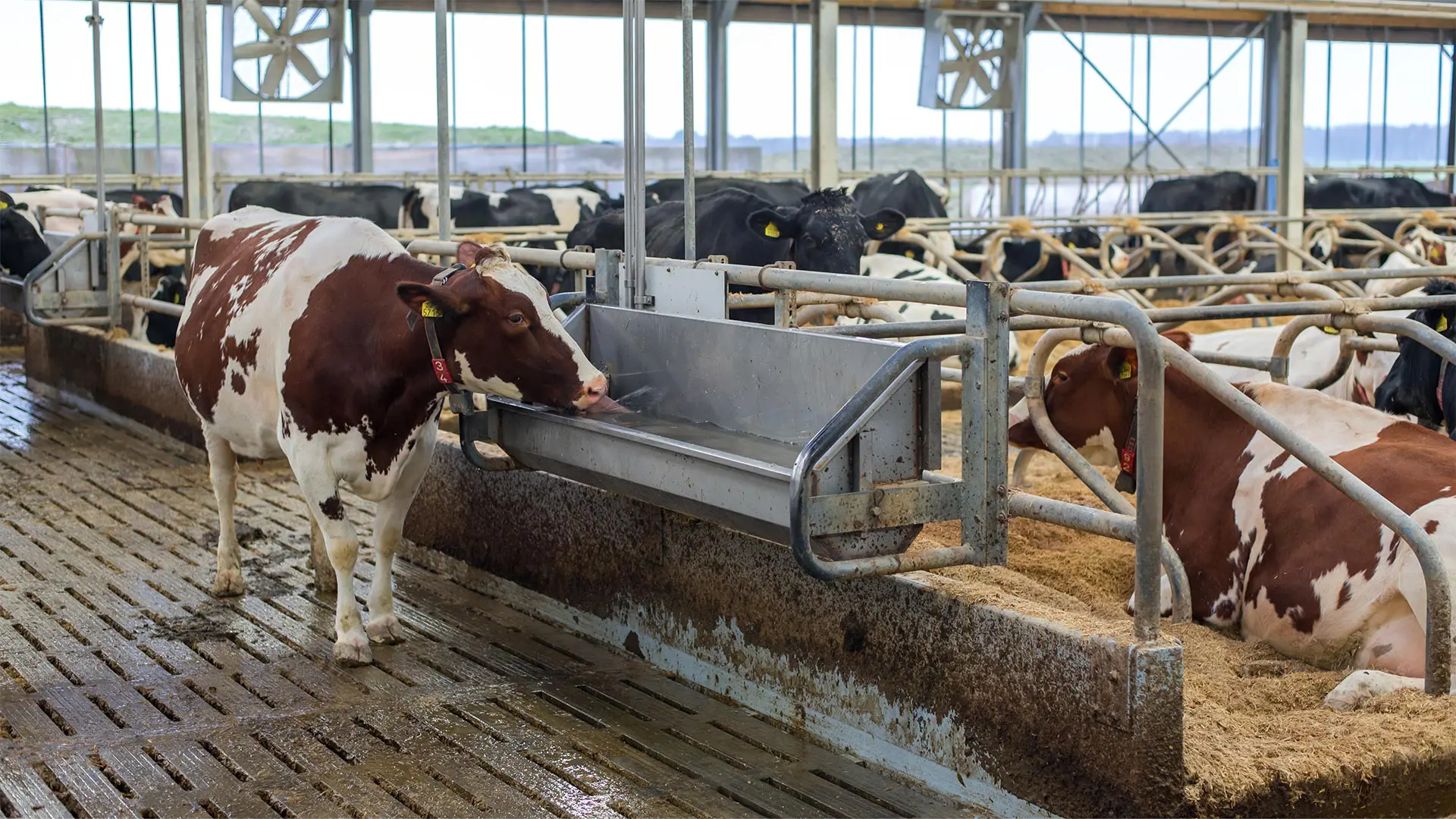- PigsProgramsSucces storiesVideo'sConceptsExperience centerDownloadsLiveblogTemplate is not defined.Template is not defined.
- PoultryProgramsSucces storiesVideo'sConceptsExperience centerDownloadsLiveblogTemplate is not defined.Template is not defined.
- DairyProgramsSucces storiesVideo'sConceptExperience centerDownloadsLiveblogTemplate is not defined.Template is not defined.
Pig
Poultry
Dairy
Programs
Video’s
Experience center
Downloads
Template is not defined.
Programs
Video’s
Experience center
Downloads
Template is not defined.
Programs
Video’s
Experience center
Downloads
Template is not defined.
